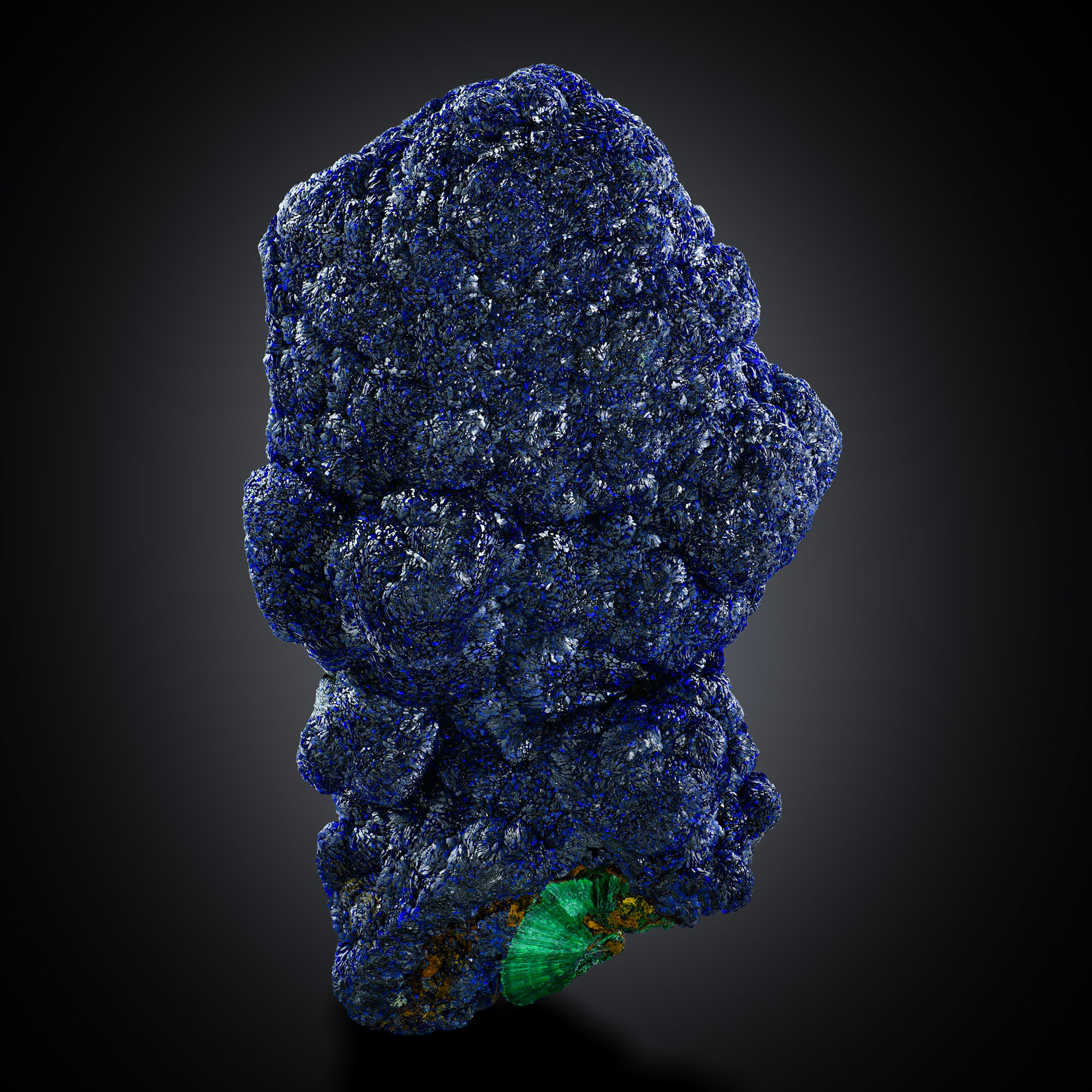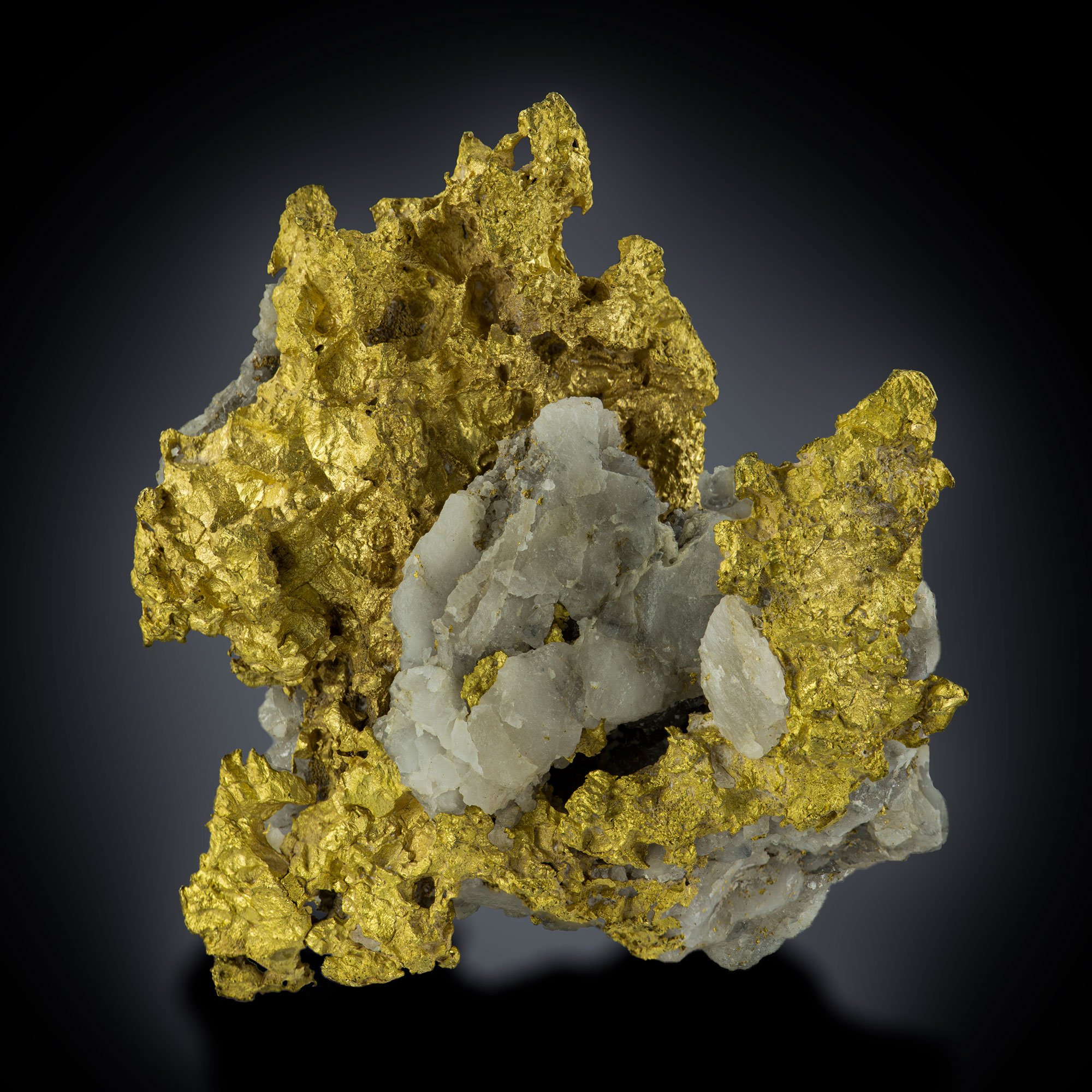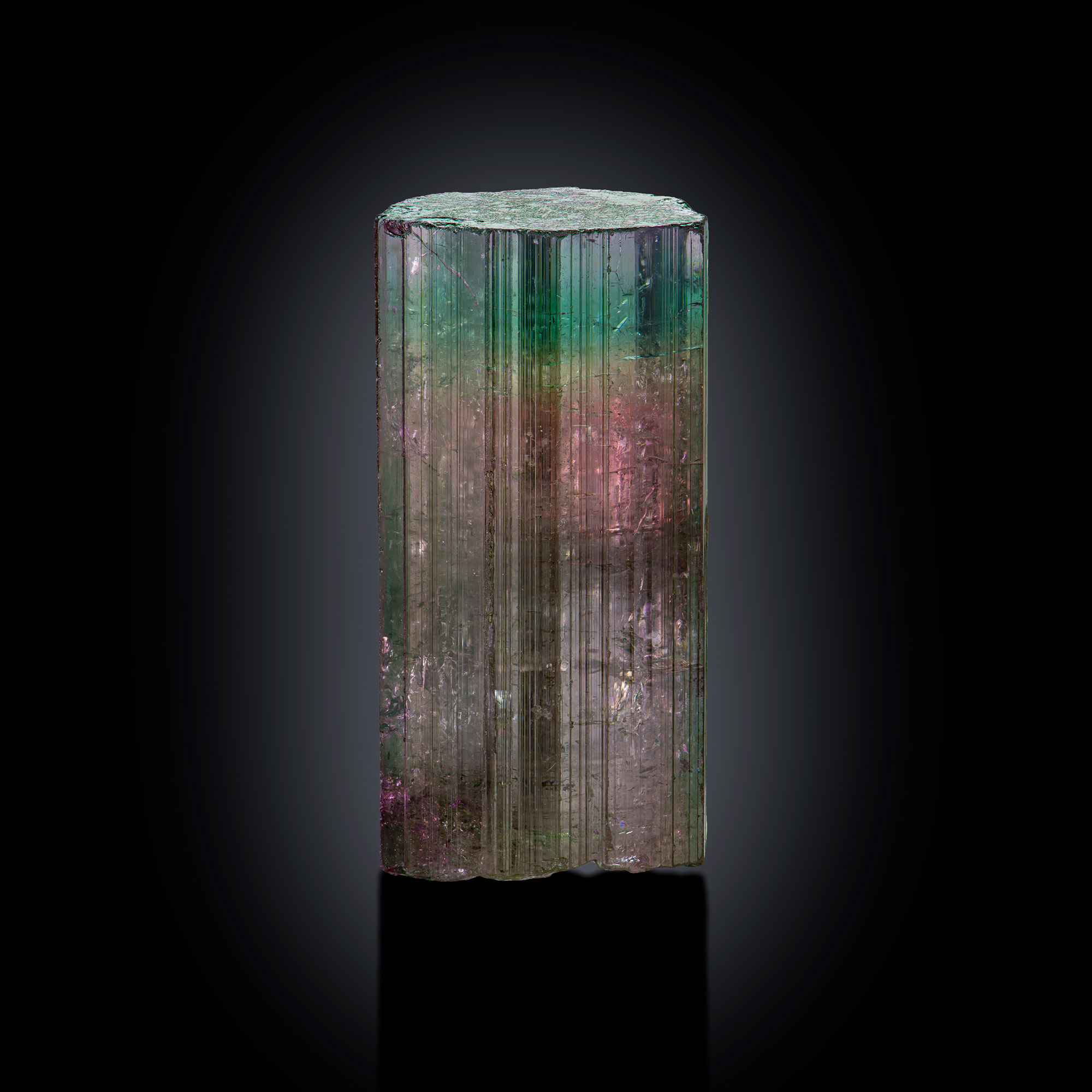Members of the Mineral Section study mineral specimens from various localities from around the world. Our members range from beginners to experienced amateur mineralogists capable of identifying specimens and guiding young collectors. Individual members’ collections, specimens and exhibits have been shown at our Annual Show, local libraries, and the Tucson Gem & Mineral Show. And of course, our club library of mineral-related books and magazines is available for research. The current chairman of the Mineral Section is Steve Blyskal.
Mineral Section
Collectors of crystals and mineral specimens
Who We Are
Join Us!
We welcome guests and new members at our monthly meetings on the third Wednesday of the month at 7:30pm. Meetings are both in-person and hybrid, via Zoom. At each meeting we have a Show & Tell and a talk, and there are always specimens to examine. Occasionally we assemble mineral kits for educational purposes or work on other projects. Workshops on identification are popular as are our yearly auctions of donated pieces. Email mineral@hgms.org for more information, meeting Zoom link, or to be added to our mailing list.
Members’ Mindat and Photo Galleries
mindat.org is the world’s largest open database of minerals, rocks, meteorites and the localities they come from.
flickr.com is an online photo management and sharing application
Interesting Links
USGS Pocket Texas Geology: https://txpub.usgs.gov/
Geology Virtual Trips https://www.geologyvirtualtrips.com/
This is an excellent link including questions for students – well worth a look
3d globe of the world throughout known time: https://dinosaurpictures.org/ancient-earth#240
Mineralogical and Geological Museum, Harvard University:
https://artsandculture.google.
The Arkenstone Galley in Dallas sponsors the annual Dallas Mineral Collecting Symposium. Individuals can pay to attend the annual symposium and several HGMS members typically attend. In addition, a CD of the lectures has been included for subscribers of the Mineralocal Record. Many of these lectures are also available on YouTube for free. These are very high quality lectures on a variety of mineral related topics.
Dallas Symposium Lectures https://www.youtube.com/
Talks by Mineralogist Robert Hazen (an impressive speaker with genuine enthusiasm for his subject)
https://www.youtube.com/watch?
https://www.youtube.com/watch?
Other Robert Hazen talks https://www.youtube.com/
Dallas Mineral Collecting Symposium https://www.dallassymposium.
Mineral slideshow of HMNS display in 4k quality- https://youtu.be/BJ2y2vmkpRs
Facebook Groups
The Rockhound Connection – https://www.facebook.com/groups/169785333057/
Texas Rockhounds – https://www.facebook.com/groups/775245782823113/
Texas Rock Hounds – https://www.facebook.com/groups/txrockhounds/
Tools and Techniques for Mineral ID and Collecting
Testing Mohs Hardness
Test rocks in the field
using these materials
to estimate hardness:
Fingernail 2.5
Copper Penny 3.5
Knife Blade 5.5
Window Glass 6.5
Steel File 6.5
Mohs Hardness Test Kit
Mohs Hardness Scale
1. Talc
2. Gypsum
3. Calcite
4. Fluorite
5. Apatite
6. Feldspar
7. Quartz
8. Topaz
9. Corundum
10. Diamond
Hand Lens or Jeweler's Loupe
Using a 10x jeweler’s loupe allows you to examine small grains or crystals. Are those tiny crystals quartz or calcite? And you can carry a loupe with you!
Binocular Microscope
A Binocular Microscope allows precision examination of mineral specimens as an aid to identification and an introduction to the beauty of tiny crystals.
Geiger Counter
Some people like to
collect radioactive
minerals. You need a
Geiger Counter for that.
UV Lamps
The response to long, mid, or short wave ultraviolet can be diagnostic and help identify a mineral. And some fluorescent displays are really beautiful!




















